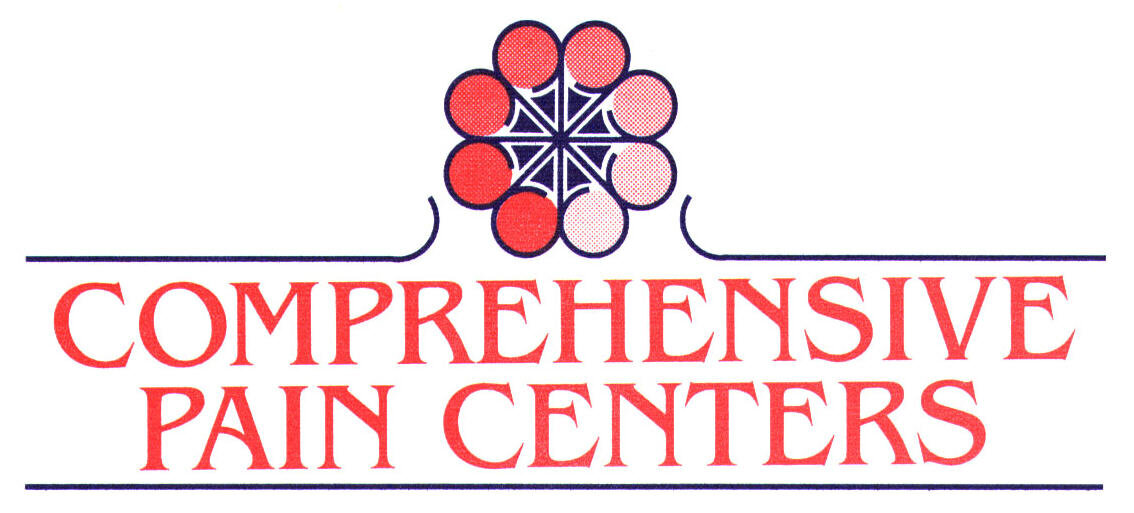Spinal Stenosis
Spinal stenosis is a narrowing of the spine. When the spine space decreases, this in turn puts pressure on the nerves passing through the spinal canal. Most commonly this is found in the neck and lower back.
Common spinal stenosis symptoms are:
pain
tingling
numbness
muscle weakness
These symptoms can get worse over time.
Spinal stenosis is most commonly caused by:
wear and tear
changes in the spine or injury
osteoarthritis of the spine
In severe cases of spinal stenosis, doctors may recommend surgery in order to rebuild that space for the spinal cord &/or nerves.
Symptoms:
Usually a patient comes to the office with complaints of pain, numbness, tingling and weakness of lower or upper extremities. Studies such as an MRI and/or a CT scan can objectively identify stenosis. Sometimes this can even be an incidental finding on the MRI and CT scan, when a person might not be showing any symptoms.
In the neck (cervical spine):
Numbness or tingling in hand, arm, foot or leg
Weakness in a hand, arm, foot or leg
Problems with walking and balance
Neck pain
In severe cases, bowel or bladder dysfunction (urinary urgency and incontinence)
In the lower back (lumbar spine)
Numbness or tingling in a foot or leg
Weakness in a foot or leg
Pain or cramping in one or both legs when you stand for long periods of time, or when you walk; this usually eases when you bend forward or sit
Back pain
Causes
The spine runs from the neck to down to the lowest point in the lower back. The bones of the spine as well as the discs formulate the canal in your spine. This protects your nerves and your spinal cord.
There are multiple reasons for a person to develop spinal stenosis. In some instances, it is a congenital disorder a person is born with. In other instances, a person has a tendency toward osteoarthritis or has an injury that weakened the spine, making it more susceptible.
Causes of spinal stenosis may include:
Overgrowth of bone. Wear and tear of the body and the spine causes osteoarthritis. Wear and tear damage from osteoarthritis on the vertebrae can prompt the formation of bone spurs. These can grow into the spinal canal. Paget's disease, a bone disease that usually affects adults, also can cause bone overgrowth in the spine.
Herniated discs. Discs in spine over time can get dry and crack. This may allow the soft jelly material from the center to protrude out from between the discs. This will compromise the spinal canal, pressing on the nerves and spinal cord.
Thickened ligaments. The ligament which supports the vertebrae, holding it together, can thicken and protrude into the spinal canal over the time. This can cause a compromising of the space in the spinal canal.
Tumors. Certain tumor growth, which is very rare, can compromise the spine. Usually this is found with a CT scan or an MRI.
Spinal injuries. Car accidents and other trauma can cause dislocations or fractures of one or more vertebrae. Displaced bone from a spinal fracture may damage the structure of the spinal canal. Swelling of nearby tissue immediately after back surgery may also put pressure on the spinal cord or nerves.
Treatment of spinal stenosis
Medications such as anti-inflammatories, muscle relaxers, antidepressants, anticonvulsants.
Exercise
Physical therapy
Injection therapy such as epidurals
Surgical decompression
Spinal cord stimulation
If you suffer from chronic pain due to spinal stenosis, find help at Comprehensive Pain Centers of Allentown PA. Our dedicated team of board-certified pain physicians will work with you to treat your pain, increase your functionality and your quality of life. Our goal is to get you back to living your life. We have locations across Pennsylvania, including Allentown , East Stroudsburg, Pottsville, Hazelton, Reading, Bangor, Lehighton, Wilke-Barre, and Scranton.


